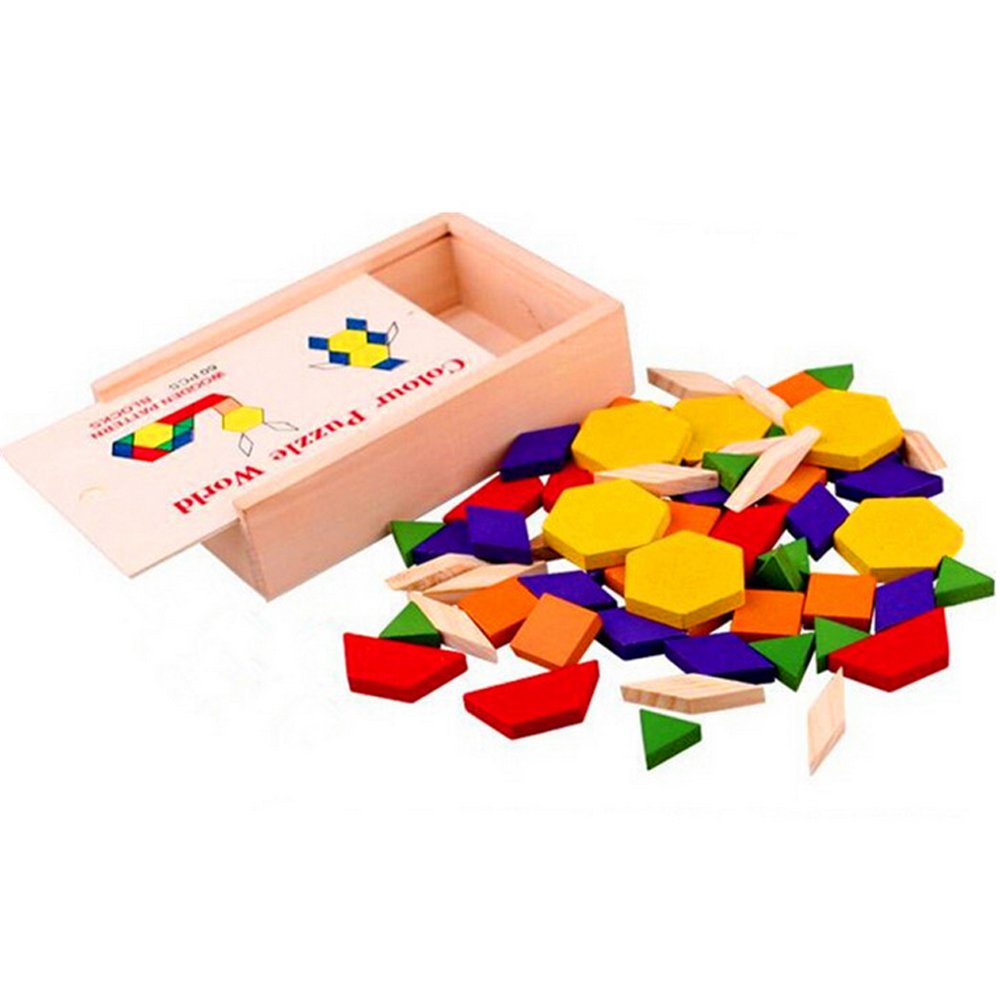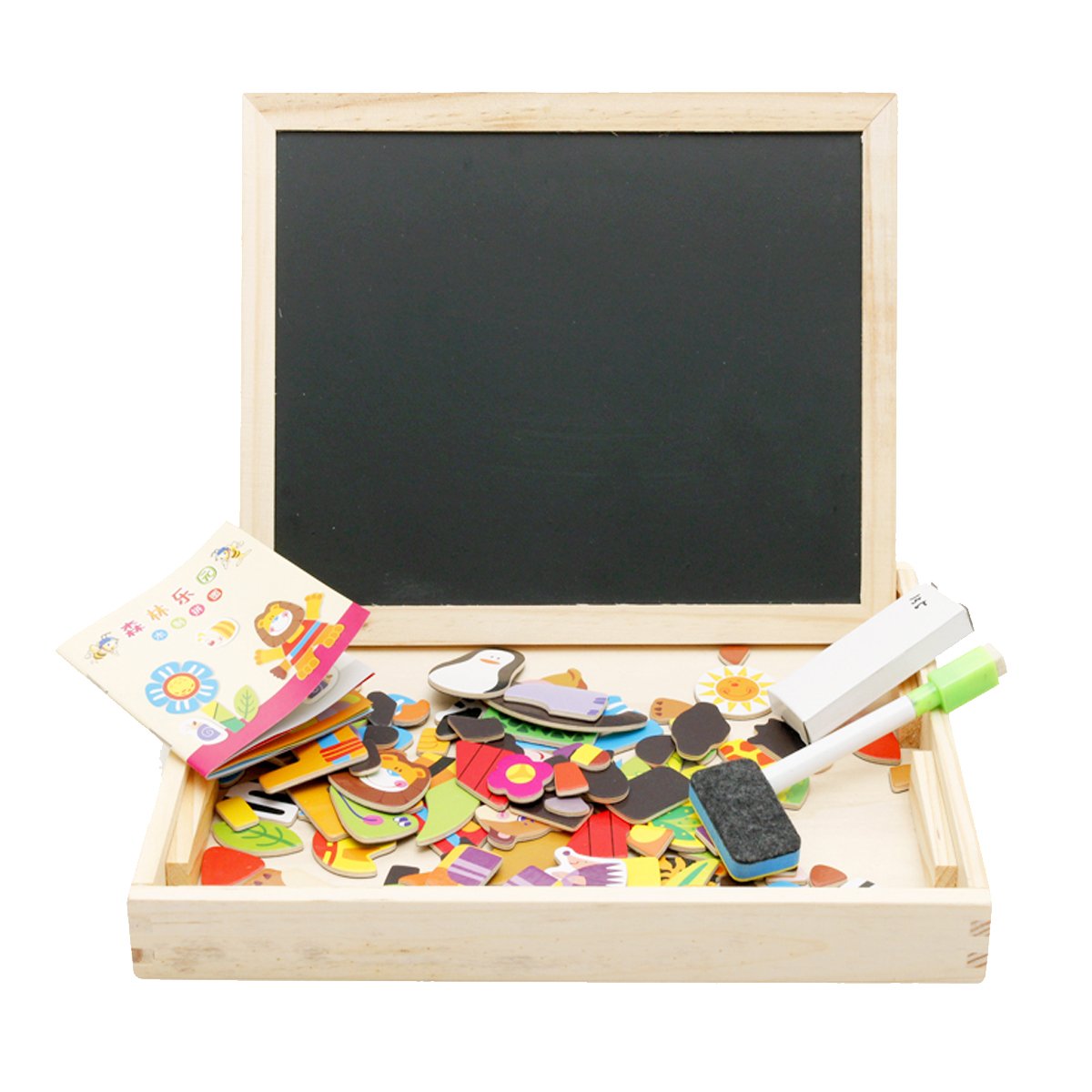TICKETS ON SALE FRIDAY, MARCH 18 WITH
EARLY BIRD PRICING THROUGH APRIL 15
ATLANTA – In the company of more than 250 chefs, sommeliers, mixologists, pitmasters and artisans hailing from Texas to the District of Columbia, the sixth annual Atlanta Food & Wine Festival returns to Midtown Atlanta June 2-5. Promising to surprise and delight attendees once again, the four-day weekend showcases the rich food and drink traditions of the South through a variety of Learning Experiences, Tasting Tents, Dinners & Events and Masterclasses - all designed to educate and entertain guests from the novice to the connoisseur.
“The vision of the Atlanta Food & Wine Festival was born from a passion for great Southern food and drink, and a desire to learn from the talented professionals who are shaping the future of our region’s food-ways, while also embracing the traditions and history of the past,” says Dominique Love, Festival Co-Founder. “Our event is part conference, part party and is designed to teach guests about the past, present and future of the region’s food and drink scene. It is as informative as it is decadent.”
Among the many returning Festival favorites, the 2016 event will feature a number of new additions including:
A Series of Masterclasses
For the more serious and seasoned
food and drink lover, the Festival’s new Masterclass series will offer expanded learning experiences. These two-hour sessions delve into topics ranging from in-depth wine pairings led by Master Sommeliers to a class on rare bourbons and country hams.
An Expanded Advisory Council
Guests will see a number of new faces on this year’s Advisory Council, an illustrious group of chefs and beverage experts from across the South. “Each year, we challenge our Advisory Council to develop educational, entertaining, and fulfilling classes to give our guests a real sense of our food and drink history and future,” say Love. “The process takes a few months and has become quite competitive among council members, with each member developing a series of class and event concepts.”
Destination Delicious: The Ultimate Road Trip Party
Located in The Stave Room at American Spirit Works, this year’s kick-off party, Destination Delicious presented by The Local Palate, will take guests on a virtual road trip through some of the South’s top food and drink destinations. It’s about the journey, not the destination.
Sunday Brunch
In 2015, the Festival hosted a Sunday brunch event with service inspired by Chef Kevin Gillespie’s Gunshow restaurant. The event was a tremendous success and will now be the featured activity on Sunday morning. This year’s Sunday Brunch will include a VIP brunch at Vineyard in the City and a general admission brunch at the Loews Atlanta Hotel, food and drinks by more than 15 chefs and mixologists, and live music.
Tasting Tents
The Atlanta Food & Wine Festival’s coveted Tasting Tents are an all-you-can-indulge experience, featuring the best flavors of the South. Located in the Greensward Promenade area of Piedmont Park, the new Tasting Tent location offers ample space and seclusion. Lots of outdoor green space and a gorgeous fountain provide a haven for sommelier and mixologist lounges, a Pairings Tent, live music, tailgating areas outfitted for barbecuing and relaxation, and a pick-your-garnish cocktail garden. The curated Tasting Tents allow guests to delve deeper than ever into interactive experiences, featuring a number of themes, such as Southern Staples, Southern Around the World, Southern Tailgating and Southern Provision. Friday’s Tasting Tents will take place at nighttime this year, giving guests the ideal end to their work week.
Vineyard in the City
The first of its kind in the US, the Festival’s pop-up vineyard and event venue will provide a unique backdrop for Masterclasses and events during the weekend, including a “Grapes from A to Z” Wine Luncheon with Master Sommeliers and a VIP Sunday Brunch. Located in the former Atlanta Symphony Hall lot of 14th Street, Vineyard in the City is hosted by Boymelgreen Development and presented by PNC Bank. The pop-up vineyard will remain open after the Festival until July 14 for community use.
Through the ticket packages, interested enthusiasts can customize their experience at the Atlanta Food & Wine Festival by making it an afternoon, a day or a full weekend endeavor!
Individual Tasting Tent Pass – NEW LOCATION! – Designed to take guests on an epicurean journey through the South, the Festival’s Tasting Tents are not the typical festival tasting experience. The all-you-can-indulge layout allows guests the opportunity to eat, drink and explore the region’s top food and drink products and chef creations while also celebrating international influences that have shaped our region. $100 per Tasting Tent ticket ($80 – early bird)
Day Pass – Day Passes are ideal for curious food and beverage enthusiasts who want to eat, drink and learn. They include access to Learning Experiences, the Festival Tasting Tents, and class intermission sips and snacks presented by Ballard Designs. Friday-only includes access to Toast, the Festival’s kick-off event. Day Pass holders also receive a Festival gift bag. $190 per day ($160 – early bird)
3-Day Pass – If one day isn’t enough (and when it comes to Southern food and drink, one day is never enough!), the Atlanta Food & Wine Festival offers 3-Day Passes for guests looking to expand their tastes and minds. 3-Day Pass holders will experience Toast, the Festival’s kick-off event; Learning Experiences on Friday and Saturday with class intermission sips and snacks presented by Ballard Designs; Tasting Tents each day; Sunday Brunch; access to Destination Delicious kick-off party on Thursday evening; and invitations to exclusive sponsor events. 3-Day Pass holders also receive a Festival gift bag. $575 for Friday, Saturday and Sunday ($485 – early bird)
Connoisseur Experience – Created for the serious food and drink lover who wants the best the Festival has to offer, the Connoisseur Day and 3-Day Passes are the perfect indulgence. Connoisseur pass holders will enjoy unique benefits, including access to the exclusive Connoisseur Lounge, which is a favorite gathering spot for the Festival’s Advisory Council and features breakfast, food and beverage service throughout the day by award-winning talent. The Connoisseur Experience also includes access to Connoisseur-only classes; priority seating at Connoisseur Dinner Series events that are curated by Matt Lee and Ted Lee; fast-track entrance into the Festival Tasting Tents and a Connoisseur hospitality area in the Tents designed by Atlanta Homes & Lifestyles. New to the Connoisseur experience in 2016 is a VIP Wine Luncheon and a VIP Sunday Brunch in the Festival’s pop-up Vineyard. The Connoisseur Day pass includes one dinner and the Connoisseur 3-Day pass includes three dinners. All Connoisseurs receive a Connoisseur Gift Bag. $725 ($600 – early bird) Connoisseur Day Pass and $2,000 ($1,700 – early bird) *Connoisseur ticketholders may choose reserve seating for general classes in lieu of attending Connoisseur Learning Experiences.
Dinners & Evening Events – The Festival experience continues into the evenings as chef’s, sommeliers, and mixologists come together to curate dinners and signature parties for guests. The Dinners and Events are peppered throughout the city at private homes, restaurants, and unique Atlanta venues and showcase the South in unique and intimate atmospheres. $45 - $300 per person, per dinner/event (no early bird pricing)
For more information, or to purchase tickets, visit
www.atlfoodandwinefestival.com as of Friday, March 18.
Additional information is also available in the 2016 Festival Guided Tour at
www.360media.net/pdfs/afwf16_mediaguidedtour.pdf and photos for media coverage can be requested from 360 Media, Inc. at info@360media.net.
About Atlanta Food & Wine Festival
Launched in 2010, by Atlanta entrepreneurs Dominique Love and Elizabeth Feichter, the Atlanta Food & Wine Festival is a four-day culinary experience celebrating the South. With an Advisory Council of more than 80 award-winning talent from 13 Southern states and the District of Columbia, the Atlanta Food & Wine Festival offers carefully-crafted programs and events to entertain and educate consumer about the rich food and beverage traditions of the region. The Festival also celebrates the flavors of other Southern regions around the globe including Southern Europe, South Africa, South America, Southern Hemisphere (Australia and New Zealand) and South-of-the-Border for Mexico. Atlanta Food & Wine Festival returns to Midtown Atlanta Thursday, June 2 – Sunday, June 5, 2016. For more information or to purchase tickets, visit www.atlfoodandwinefestival.com. Follow Atlanta Food & Wine Festival on Facebook, Instagram and Twitter. #AFWF16 #KnowTheSouth
# # #
 My 5-year-old Tbomb is absolutely obsessed with space. He loves learning about space. Any time that I see something that is a toy that he would love, an educational item, or a book about space, I jump at it. He even has a light projector that puts the solar system on his ceiling. This book immediately caught my eye and I was beyond excited about the chance to review it. Because he can name all the planets and most of the moons, we will be really diving into space study this next year and I can't wait to take him to the planetarium.
My 5-year-old Tbomb is absolutely obsessed with space. He loves learning about space. Any time that I see something that is a toy that he would love, an educational item, or a book about space, I jump at it. He even has a light projector that puts the solar system on his ceiling. This book immediately caught my eye and I was beyond excited about the chance to review it. Because he can name all the planets and most of the moons, we will be really diving into space study this next year and I can't wait to take him to the planetarium.































